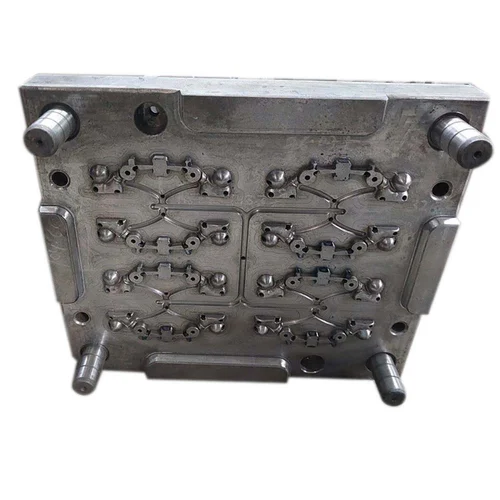
Overmolding is an advanced manufacturing process used in the automotive industry to enhance the functionality, durability, and aesthetics of components. It involves molding one material over another to create a single, cohesive part with multiple material properties. This technique has become increasingly prevalent due to its ability to streamline production, reduce assembly time, and improve part performance.
Improved Component Functionality
In the automotive sector, overmolding is used to combine materials with different characteristics, such as a rigid base material (e.g., ABS or polycarbonate) and a soft overmold (e.g., thermoplastic elastomer or rubber). This combination improves grip, vibration resistance, and noise dampening, making it ideal for applications like steering wheel grips, handles, and gear shifters.
Enhanced Durability
Overmolding creates a strong bond between materials, increasing the durability and lifespan of automotive parts. For example, sealing components, such as gaskets and connectors, benefit from this technique as it enhances their resistance to environmental factors like heat, moisture, and chemicals commonly encountered in vehicles.
Simplified Production and Cost Savings
By integrating multiple materials into a single molding process, overmolding reduces the need for secondary operations, such as gluing or mechanical assembly. This leads to cost savings in production and ensures consistent quality by minimizing potential weak points caused by assembly errors.
Lightweight Designs
Automotive manufacturers prioritize weight reduction to improve fuel efficiency and vehicle performance. Overmolding allows for the substitution of heavy components with lighter, multifunctional parts. For instance, overmolded plastic components can replace metal parts while retaining the required strength and flexibility.
Applications in Electronics
Overmolding is widely used in automotive electronics to encapsulate sensitive components like sensors, connectors, and wiring harnesses. The process provides insulation, protects against environmental exposure, and enhances the aesthetic appeal of electronic parts.
Aesthetic and Comfort Enhancements
The use of soft-touch materials in overmolding contributes to a better user experience. Automotive interior components, such as dashboards and armrests, are often overmolded to achieve a premium look and feel, improving both aesthetics and tactile comfort for vehicle occupants.

